You can trust Cyclingnews
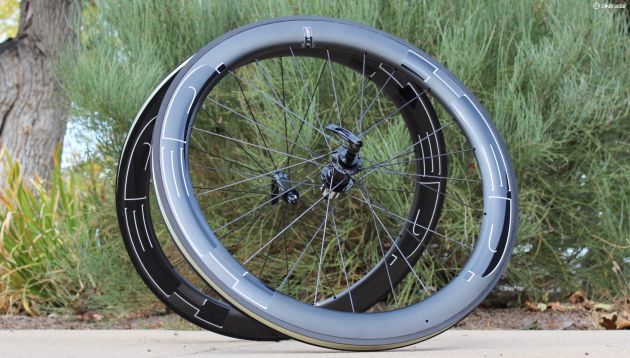
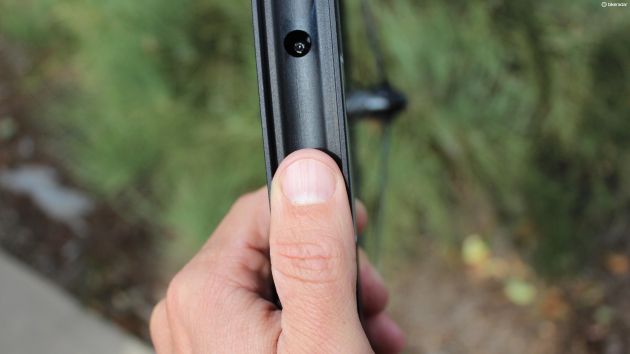
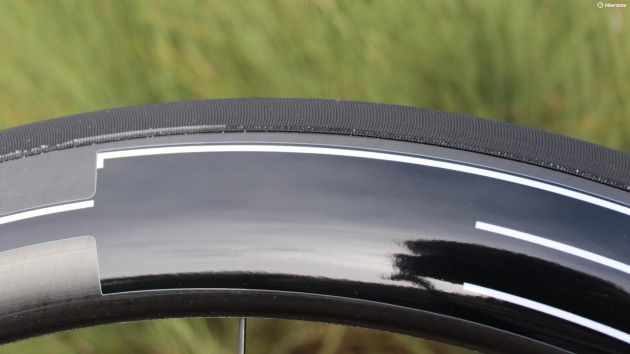
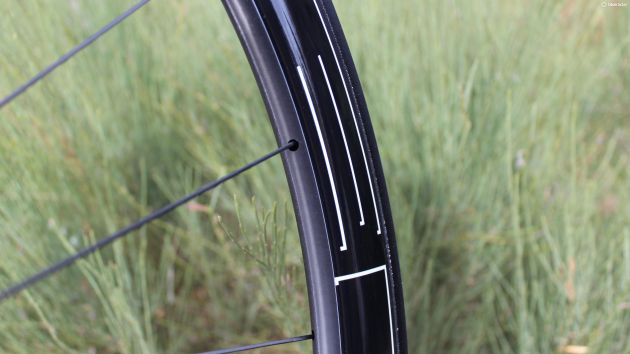
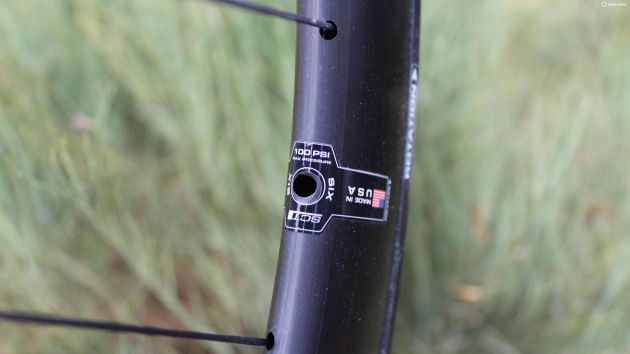
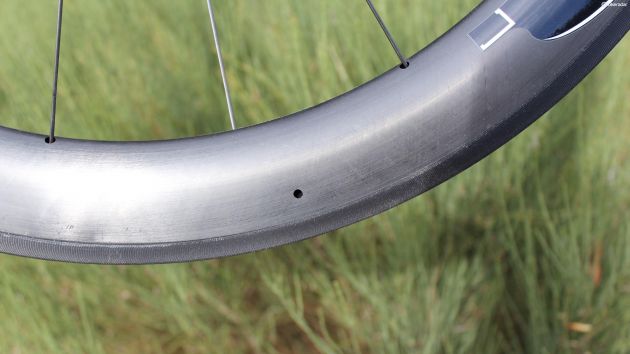
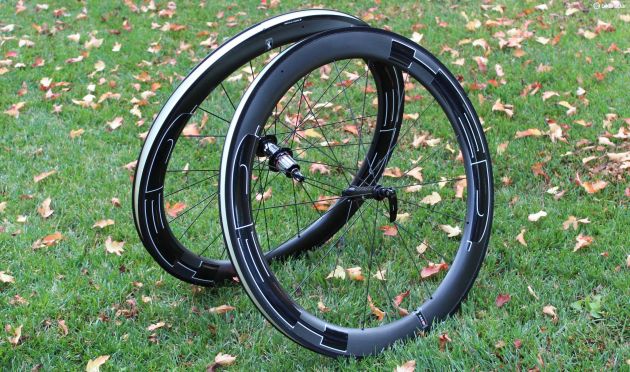
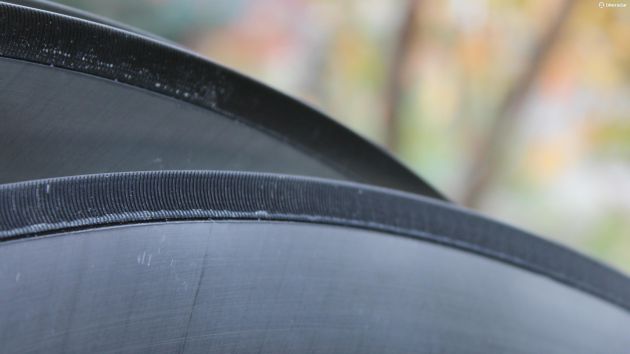
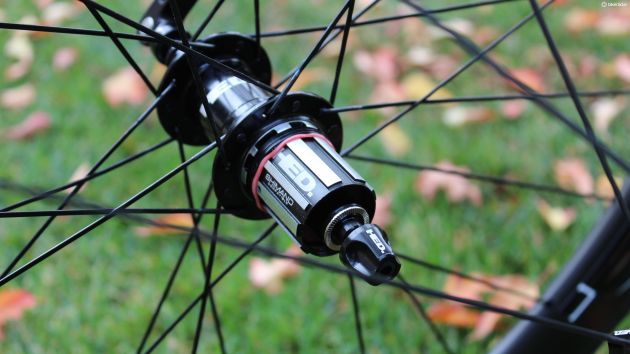
This article originally appeared on BikeRadar
I initially dismissed the HED Jet 6 Black clinchers as an aesthetic knock-off of carbon clinchers and I dinged a Cervélo S5 review for what I saw as a visual gimmick. I was wrong. These are excellent wheels. Here's why.
- Highs: Excellent aero performance in speed and handling; exceptional braking; seeming best-in-class comfort; wide (21mm) internal rims; proven durability
- Lows: Cost; not quite as light as full-carbon alternative; fairings require some extra care, such as when hanging bike on a hook or draining water from fairings
- Buy if: You want a fast and comfortable aero wheelset with none of the braking problems associated with carbon
HED Jet 6 Black Highlights
- 60mm rim height
- 25mm max width, 21mm internal width
- Carbon aero fairing, shaped by decades of leading-edge experience
- Box-section alloy rim with textured brake track
- 1,690g set weight (excluding skewers and rim tape)
- $2,000 / £1,600 suggested retail
The lab and the real world, for HED and for testing
Between staffers and tester-friends-of-staffers, we have notched up perhaps 2,000 miles on the HED Jet 6 Black wheels, and in both daily riding and racing it's pretty difficult to find fault in the performance.
The wheels feel as fast as any good carbon clincher of similar depth and yet deliver substantially more comfort thanks to difference in construction. (Longer spokes to a shallow alloy rim means more vertical give than shorter spokes to a tall carbon rim.)
We did not test these particular wheels in a wind tunnel, but did recently test their taller siblings against a host of similar-depth carbon wheels, and the HEDs came out shining. In that tunnel test, the HED Jet 9 came out just a hair behind the ENVE 7.8 in speed — at about 70 percent of the cost.

The Jet 6 Blacks aren't lighter than some all-carbon models of the same depth, but the braking strength is better and the brake rub is less
The late, great Steve Hed was an early pioneer in aero wheel design, so even though the company is relatively small, its relevance remains significant.
One thing multiple testers commented on was how calm the wheels felt in 'dirty' air, such as unexpected crosswinds or the buffeting effect of a large truck passing. Testing similar-depth wheels back to back, the HEDs were often declared to be more stable. That is a subjective thing, but an important one.
In addition to the noticeably more comfortable ride of the Jet 6 Blacks compared to a full-carbon clincher, the HEDs proved to be better at reducing torsion-induced brake rub. Because the alloy rim can deflect locally better than a very tall and stiff carbon rim, our lab tests found the Jet 6 Blacks to be top of the class in terms of unwanted brake rub.
One-finger braking
Speaking of braking, it's a no-contest comparison between the strength and dependability of the Jet 6 Blacks and even the very best carbon clinchers, such as ENVE's new SES models or Zipp's new NSW hoops with their Showstopper brake tracks. HED uses a machined and anodized treatment similar to Mavic's Exalith, where a finely textured track provides heaps of traction for brake pads to dig into.
I was able to descend steep hills here in Colorado with a single finger on each lever as if I had discs brakes, compared to the typical all-four-finger-death grip that descents like Magnolia often require. My colleague Guy Kesteven found the braking "even in the shittiest UK conditions" to offer way more modulation than Exalith. "And you're not actually embarrassed to pull the lever," he said, referring to the noise often associated with Mavic's brake surface.

HED says the brake track improves wet braking by 70%. I have no idea how to quantify my results, but the difference is immediately noticeable and substantial
And, yes, the brake track is black, so combined with the black fairing the wheels appear at a distance to be all carbon. But when descending in the rain, there is absolutely no way you could confuse the two.
One-finger width — and frame width issues
While many wheel companies jumped on the wide-rim wagon recently, HED has been driving the wagon for years. The Jet 6 Blacks are 21mm wide internally, which plumps up clinchers considerably. For instance, the 25mm Vittoria Corsas I primarily used on these wheels measure a full 29mm on the HEDs.

Wide ain't nothing new to HED. The Jet 6 Blacks are 21mm internally
Within reason, wider generally means lower rolling resistance. And it certainly means more comfy! For out-and-out speed, there is certainly a point of diminishing returns, as the extra drag and rotational weight of larger tires outweigh decreased rolling resistance. But 25mm tires on these Jet 6 Blacks, which have a maximal external width of 25mm, seem to be the sweet spot.
If you have an older frame and/or an aero frame, definitely measure your clearance before you buy, or just check with HED to make sure everything fits. The 25mm Corsas, for instance, were too fat for a Pinarello Dogma's chainstays.
The pros and cons of the fairing
As I've written before, the wind doesn't care how much you spent on your wheels. Nor does air flow differently around a structural shape than a fairing of the same shape. Still, the fairing just feels a little flimsy in hand and was the cause of my initial concern.
Some 20 years ago when racing in college, a few of us made "ghetto discs", taping full plastic fairings on either side of a rear wheel to effectively make a disc wheel. It mostly worked fine — and years later a wind tunnel test showed one to perform quite similarly to a structural disc! — but it felt a little cheesy. Perhaps that is the source of my initial bias. The company's warning of not to hang bikes by the wheels, or even clamp them tightly in a roof rack, gave me further pause.

Drainage ports do a mostly good job of removing water
After a year of riding, racing and living with the wheels, though, I've turned most of the way around on my earlier position. The fairings are aero and allow for a comfortable ride with dependable braking. Steve Hed couldn't abide the idea of a heat failure on a carbon clincher and the company still refuses to produce one. Having experienced and witnessed various heat failures over the years, I can understand this position.
After a few months, I started ignoring the "don't hang the bike by the wheels" rule and gently put the things on hooks. Ditto for roof racks.
Water can get into the fairing, and while there are drain holes, they don't necessarily clear all the water immediately. You don't have this issue with carbon clinchers.
I was leery about the internal nipples being a headache, but I haven't had to touch the wheels in over a year of abuse, so that is no longer an issue in my mind.

Sonic Black hubs use oversize axles and wide flanges
Bottom line: HED knows aero and real-world conditions. Still wish they were cheaper!
In short, the HED Jet 6 Black wheels are fast, stable, comfortable and easy to stop, regardless of weather.
They aren't technically tubeless, as the fairing doesn't provide a solid anchor for a tubeless valve nut to thread against, but a few of my teammates have run them tubeless for thousands of miles without issue.
Compared to carbon clinchers, they are competitive if not ahead on weight, superior in braking performance and near-equal if not better on aerodynamics, depending on which model they are compared to. I just wish they were cheaper, as the asking price is inline with many carbon clinchers.
HED also offers a Jet 6 Plus model for a few hundred dollars and pounds less. The models are similar, but the 6 Plus has a standard alloy brake track, steel skewers and J-Bend spokes, compared to the Black's machined track, ti skewers and straight-pull hubs.

The machined brake surface makes stopping easy, in rain and on steep descents
Name: Jet 6 Black
Built by: HED
Price: £1,600.00 / US$2,100.00 / AU$N/A
Wheel Type: Clincher
Weight (g): 1800
Brake Compatibility: Rim Brakes
Front Rim Profile: 60
Max PSI: 100
No of Holes (Front): 18
No of Holes (Rear): 24
Rear Rim Profile: 60